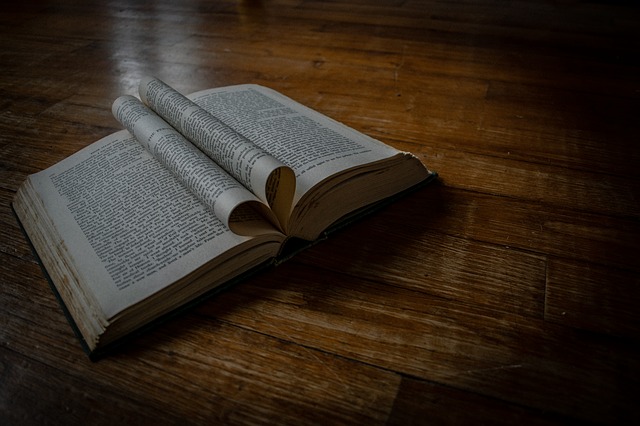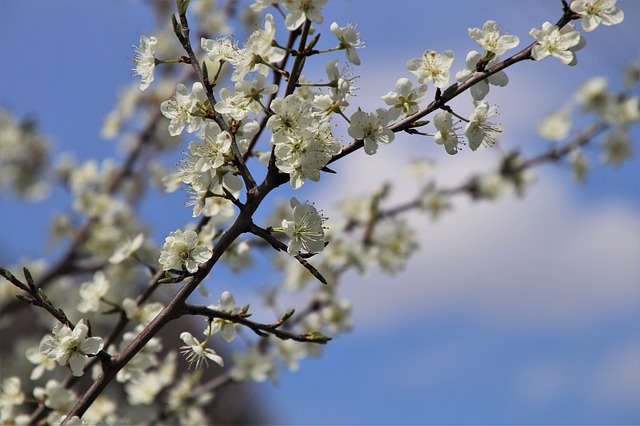Glitter of poetry
Do we forget in everyday life the most subtle emotions that poetry evokes and that brings us closer to ourselves?
World Poetry Day is celebrated on March 21 and was established by UNESCO in 1999. The purpose of this day is to promote reading, writing, publishing and poetry in schools around the world; but also "giving new encouragement and recognition to national, regional and international poetic movements".
Poetry Day used to be celebrated in October. The tradition of preserving October as the national and world day of poetry is still preserved in many countries.
Poetry is a special literary genre where the poet's message is expressed through verses. The poem usually contains a number of stylistic figures, including rhyme, metaphor, comparison, gradation, hyperbole, etc. Poetry (a term derived from a variant of the Greek term, poiesis, "making") is a form of literature that uses aesthetic and Roman quality languages - such as melody, sound symbolism and metrics - to evoke meaning that is supplement, or replacement, of prose meaning.

Poetry is considered to be the oldest type of literature. Early examples are the Sumerian "Epic of Gilgamesh", parts of the Bible and the works of Homer. Early poems evolved from folk songs such as Chinese Shijin songs, or from the need to retell oral epics, or from the Sanskrit sciences, Zoroastrian verses, and Homeric epics, the Iliad and the Odyssey. Ancient attempts to define poetry, such as Aristotle’s Poetics, have a focus on the use of speech and rhetoric, drama, song, and comedy. Later attempts were concentrated on properties such as repetition, the form of verses and rhymes, and the emphasis on aesthetics by which poetry differs from objective informative, prose forms of writing. Since the middle of the 20th century, poetry has sometimes been generally considered the basic creative act of language use.
Poetry uses forms and conventions to suggest a differential interpretation of words, or to evoke an emotional response. Means such as assonance, alliteration, onomatopoeia and rhythm are sometimes used to achieve musical or incantation effects. The use of ambiguity, symbolism, irony and other stylistic elements of poetic diction often leaves poems open to multiple interpretations. Similarly, speech figures such as metaphor, comparison and metonymy create resonance between otherwise different images - stratifying meanings, forming previously unknown connections. Related forms of resonance can exist between individual verses, in their rhythm or rhyme patterns.
Reading poetry is an art. It’s not just a routine of the reader’s imagination, like when we read prose. First of all, we don't read poetry every day. We read it in those moments when we feel that our soul is sad and melancholic, just like that, confused and sung. That is why spring is the right time to read poetry. Excitement and sadness at the same time, are exactly what will make our eye dance and get the desire for the song.

Serbian poetry
We remind you of some well-known names of Serbian poetry, Aleksa Šantić, Branko Miljkovic, Desanka Maksimović, Dobrica Erić, Đura Jakšić, Jovan Ducic, Jovan Jovanović Zmaj.
Let us recall one of the most beautiful works of Serbian poetry:
Santa Maria della Salute - Laza Kostić: Is this the greatest poem about the love of Serbian literature?
"And when it comes to my head,
about that life a rocky end,
the most beautiful dream will become java,
my slave her: ,, Here I am, let! “
From nothingness to the glory of glory,
From infancy to paradise, to paradise!
To heaven, to heaven, to her embrace!
All desires will awaken there,
the lengths of the strings to sound everything,
we will amaze the world reels,
mighty gods, let alone men,
we will move the paths of the stars,
sun-drenched peasant studs,
to dawn in all corners of the dawn,
that mad souls go mad,
Santa Maria della Salute."












